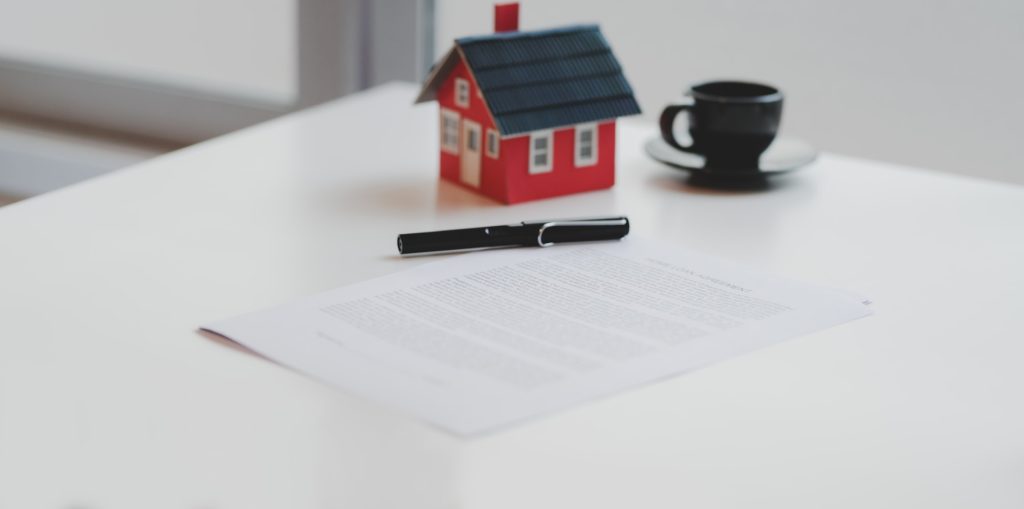Buying or selling a property is a significant milestone in anyone’s life, but it can also be a complex and stressful process. One of the key elements in this process is conveyancing, a legal procedure that ensures the transfer of property ownership from one party to another. Understanding the conveyancing process can help alleviate some of the stress and confusion that often accompanies property transactions. This guide, with insights from experienced estate agents in Rainham, will walk you through the conveyancing process for both buyers and sellers, highlighting what to expect and how to prepare.
What is Conveyancing?
Conveyancing is the legal process of transferring property ownership from one person to another. It involves various steps and legal requirements to ensure that the transaction is valid and that both parties’ interests are protected. The process is typically handled by a solicitor or licenced conveyancer.
The Conveyancing Process for Buyers
1. Initial Steps
After you’ve discovered your dream house, maybe through Rainham estate agents or by other methods, the next move is to pitch a deal. Once your proposal gets the nod, a solicitor or conveyancer must be called in. They’ll tackle the legal side of buying.
2. Property Searches
Your solicitor will conduct several searches to ensure there are no issues with the property that could affect your purchase. These searches typically include:
- Local Authority Searches: To check for any planning issues or restrictions.
- Land Registry Searches: To confirm the seller’s ownership and any charges or restrictions on the property.
- Environmental Searches: To ensure there are no environmental issues, such as flood risks.
- Water and Drainage Searches: To check the property’s water supply and drainage systems.
3. Survey and Valuation
It’s crucial to check and value a property to spot possible problems and verify if it’s priced right. The degree of surveys varies; they can be simple evaluations or comprehensive building reviews. Most times, the folks who lend you a mortgage will ask for a valuation survey.
4. Mortgage Offer
If you are financing your purchase with a mortgage, you will need to secure a formal mortgage offer. Your lender will require information about the property and your financial situation before issuing the offer.
5. Reviewing Contracts
Your solicitor will receive a draft contract from the seller’s solicitor and review it thoroughly. They will ensure that all necessary details are correct and raise any queries with the seller’s solicitor. Once satisfied, your solicitor will send you the contract for your review and signature.
6. Exchange of Contracts
Exchanging contracts is a major step in property transfer procedures. This moment makes the deal legal for both parties. A deposit payment is necessary, typically around 10% of the buying cost, to be transferred to the seller’s solicitor.
7. Completion
Completion is the final step in the conveyancing process. On the agreed completion date, the remaining balance of the purchase price is transferred to the seller, and you receive the keys to your new home. Your solicitor will also handle the transfer of ownership with the Land Registry.
The Conveyancing Process for Sellers
1. Instructing a Solicitor
If you’re selling, your first move is to hire a solicitor or a conveyancer. They’ll look after all the legal parts of the sale. They’ll ask for details about your property, like important papers. These might include title deeds or property info forms.
2. Preparing Contracts
Solicitor will prepare a draft contract and forward it to the buyer’s solicitor. The agreement will feature particulars regarding the property, the buying price, along with any integrated fixtures and appliances within the sale.
3. Responding to Enquiries
Your solicitor is guided by the buyer’s solicitor, who will run various searches and may raise queries about the property. Comprehending these questions, your solicitor communicates swiftly and precisely with you.
4. Reviewing and Signing Contracts
Once the buyer’s solicitor is satisfied with the searches and enquiries, you will review and sign the contract. Your solicitor will arrange for the contracts to be exchanged with the buyer’s solicitor.
5. Exchange of Contracts
The exchange of contracts is a significant milestone in the conveyancing process. At this point, both parties are legally committed to completing the transaction. You will agree on a completion date and receive the buyer’s deposit.
6. Completion
When the deal’s day finally comes, your buyer’s solicitor will shift the leftover price chunk to your own solicitor. As the money comes in, you pass the keys to the buyer. Your solicitor takes care of transferring the property name at the Land Registry and sorting any leftover property loan.
Tips for a Smooth Conveyancing Process
- Choose Experienced Professionals: Working with experienced estate agents and reputable solicitors or conveyancers can make a significant difference in ensuring a smooth process.
- Stay Organised: Keep all necessary documents and information readily available to avoid delays.
- Communicate Effectively: Maintain open and regular communication with your solicitor and the other party to address any issues promptly.
- Be Prepared for Delays: Property transactions can be complex, and delays are not uncommon. Being patient and prepared can help reduce stress.
Conclusion
The conveyancing process is a critical aspect of buying or selling a property, and understanding it can help make the experience more manageable. Whether you are a buyer or a seller, working with experienced professionals, such as estate agents in Rainham and qualified solicitors, can help ensure a smooth and successful transaction. By staying organised, communicating effectively, and being prepared for potential delays, you can navigate the conveyancing process with confidence and ease.


